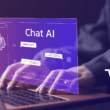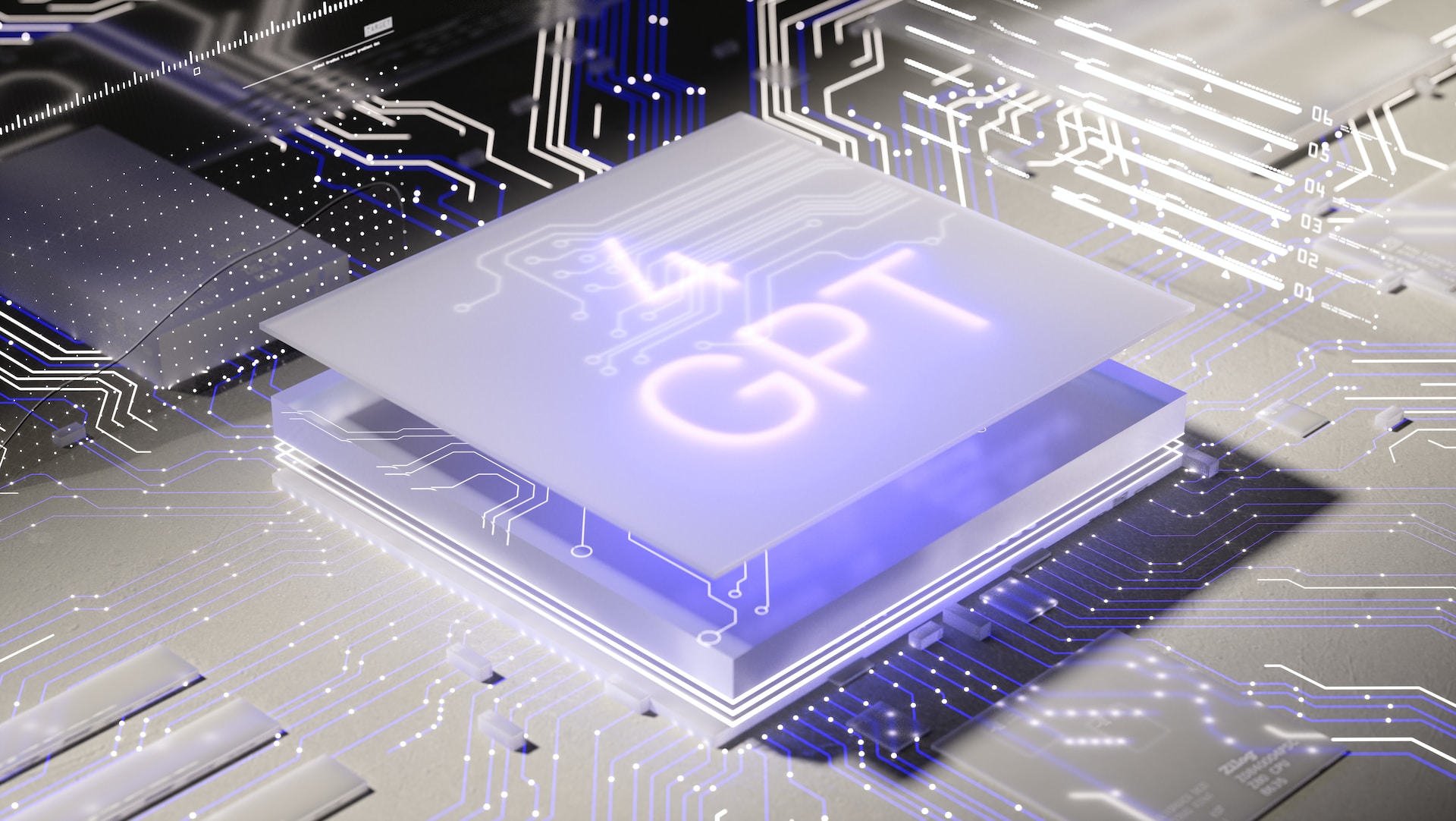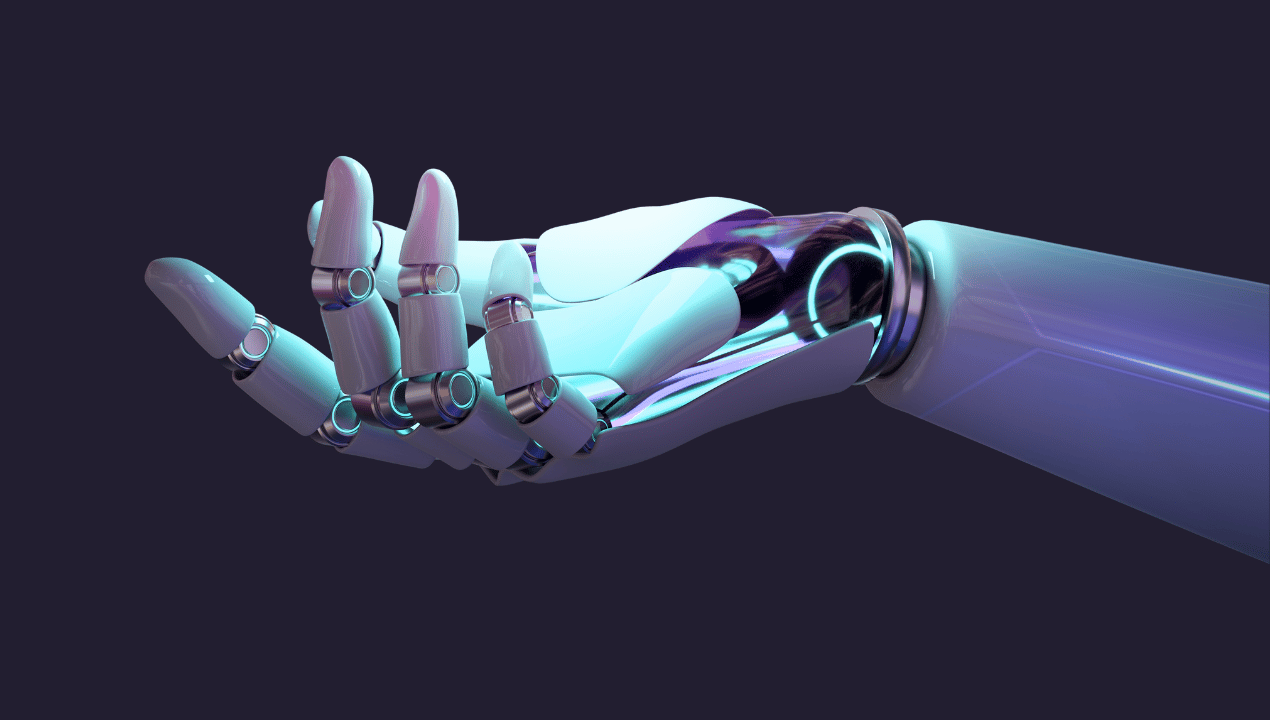AI agents are moving from buzz to utility. They read documents, take actions, and coordinate tasks with other software. When these agents plug into open blockchains, something new happens. They gain wallets, provable logs, and trustless marketplaces for data, compute, and skills. That is why the AI plus crypto category is earning attention. This guide explains the opportunity, how to evaluate projects, and ten tokens to study if you believe autonomous software will need open rails. You will find a practical table, red flags to avoid, and a simple plan to research without getting lost. In this article, we’ll explore the AI crypto agents, the top 10 tokens (TAO, FET, ICP) set to explode and growth.
Read This First: A Quick, Honest Disclaimer
Nothing here is financial advice. Crypto assets are volatile and risky. Prices can move sharply in both directions. Always do your own research, use position sizes you can handle emotionally, and set clear rules for entries, exits, and self custody.
Why AI Agents Need Blockchains
Autonomous software needs identity, payments, and verifiable history. Blockchains provide all three.
Identity. Public key pairs allow an agent to sign outputs and prove authorship. Payments. Tokens enable microtransactions for data, prompts, tools, and outcomes without fragile card rails. Verifiable history. On chain logs make it possible to audit what an agent did and when it did it. Combine these with decentralized compute and storage, and you get the early shape of an agent economy.
What Makes A Token “AI Agent Ready”
Use five filters before you get excited. Keep reading to explore the AI crypto agents, the top 10 tokens (TAO, FET, ICP) set to explode and growth
Clear job to be done. Can developers use this network today to build, run, or coordinate agents. Durable demand driver. Does usage create recurring spend, not just speculation. Open source gravity. Do credible teams and researchers show up and contribute. Measurable traction. Are there repositories, active addresses, or real integrations you can verify. Sensible token mechanics. Is there a clean path from network usage to token sinks or service demand.
Ten Tokens To Watch In The AI Agents Stack
The list below spans orchestration, compute, storage, data, and application layers. Treat it as a research starting point, not an endorsement.
1) TAO, The Bittensor Network
Bittensor coordinates a marketplace of machine learning models that contribute and compete. The pitch is simple. Open incentives discover useful intelligence over time. If agent developers can query high quality models with clear pricing, TAO demand has a path. Risks include governance complexity, spam resistance, and the difficulty of aligning rewards with real world value.
2) FET, The Fetch.ai Ecosystem
Agent oriented from day one. The stack focuses on autonomous economic agents that negotiate, schedule, and transact. The thesis is that thousands of lightweight workers handle routine requests. Watch for enterprise pilots and developer toolkits that help small teams ship useful agents quickly. Keep an eye on token migration news and documentation so you understand current semantics and staking routes. Continue reading to explore the AI crypto agents, the top 10 tokens (TAO, FET, ICP) set to explode.
3) ICP, The Internet Computer AI Crypto Agents
ICP aims to run tamper proof, high performance apps directly on chain without centralized clouds. For agents this means low friction back ends, scheduled tasks, and stable identities. If you believe agent back ends should live on open infrastructure, add ICP to your research queue. Evaluate canister performance, developer ergonomics, and how teams approach data privacy.
4) Top AI Tokens: RNDR, The Render Network
Agents need rendering and GPU compute for synthetic data, vision tasks, and simulation. RNDR connects studios and creators to distributed GPUs. It lives at the edge of AI tools and 3D workflows. As agent produced media grows, utility networks that pair GPU supply with demand could benefit. Model the relationship between job volume and token velocity so you do not hand wave the economics.
5) AKT, The Akash Network
Akash sells decentralized compute. If agent workloads spread across many providers, permissionless GPU and CPU markets become useful. Track active providers, job success rates, and prices compared with centralized clouds. The risk is obvious. Reliability must be good enough for production agents, not just experiments.
6) GRT, The Graph AI Crypto Agents
Agents query a lot of structured data. The Graph indexes blockchain data into subgraphs that applications and agents can consume. The more agents rely on on chain state and analytics, the more valuable dependable indexing becomes. Investigate query volumes, curator incentives, and the mix of hosted versus decentralized service.
7) OCEAN, The Ocean Protocol
Good agents need good data. Ocean focuses on data marketplaces and controlled sharing. Use cases include privacy preserving access and paid fine tuning datasets. The open question is whether enough owners will package and publish valuable data with enforceable terms. Watch for real buyers, not only listings.
8) Top AI Tokens: AR, The Arweave Storage Layer
Agents produce artifacts. Reports, screenshots, logs, small models. Permanent storage provides verifiable memory and audit trails. Arweave’s pay once, store forever model fits certain agent outputs. Risks include misuse, moderation overhead, and rising storage demand without matching fee capture.
9) OLAS, The Olas Protocol AI Crypto Agents
Olas explores coordination and funding for agent services. Think registries, bounties, and co owned tools. For builders this can lower go to market friction. Research how proposals get approved, how work is verified, and how rewards avoid short term gaming.
10) NEAR, The Near Protocol
Near leans into user friendly accounts and fast finality. That matters for consumer grade agents that need to sign transactions or share capabilities across devices. Study account abstraction, chain level costs for frequent small actions, and bridges to other ecosystems.
A Quick Comparison Table You Can Save – TAO FET ICP
| Token | Layer In The Stack | Core Job For Agents | What To Watch | Key Risk |
|---|---|---|---|---|
| TAO | Model Marketplace | Incentivize and route useful ML outputs | Quality of contributions and cost per query | Reward gaming, governance complexity |
| FET | Agent Platform | Build and run autonomous economic agents | Real deployments and toolkit adoption | Migration and semantics confusion |
| ICP | App Runtime | Host back ends with on chain identity and logic | Canister performance and dev experience | Competing hosted clouds |
| RNDR | GPU Network | Access rendering and GPU resources on demand | Job volume and creator integrations | Demand cyclicality |
| AKT | Decentralized Compute | Provision CPU and GPU at market prices | Provider reliability and pricing | Enterprise trust and SLAs |
| GRT | Indexing | Query structured on chain data | Subgraph usage and fees | Centralized endpoints crowd out |
| OCEAN | Data Markets | Share and monetize datasets for AI | Real buyers and privacy tech | Low quality or stale data |
| AR | Storage | Persist artifacts and logs for auditability | Cost per gigabyte and read latency | Content moderation |
| OLAS | Coordination | Fund and govern shared agent services | Verified delivery and incentives | Short term farming |
| NEAR | Smart Contract Chain | Smooth account UX and fast actions | Account abstraction and fees | Bridge and security risk |
How To Research A Token Like A Builder
Start with docs and code. Read how a developer would implement an agent or plug a tool into the network. Clone a sample repo, run it locally, and note friction points. Next read the last two governance proposals and their discussions so you know who makes decisions. Finally, check a neutral analytics dashboard for usage trends. Transactions by type, active addresses, dollar denominated spend, and big spikes that need explaining. You will learn more in a weekend of hands on work than in a month of scrolling.
Practical Portfolio Tips For An AI Agents Thesis – TAO, FET, ICP
Avoid all or nothing bets. Weight positions by evidence, not by hype. Pair a few high beta names with foundational picks that many teams will depend on. For timing, focus on catalysts you can verify. Mainnet launches, usable SDK releases, funded grants that ship real apps, and partners that operate outside the crypto echo chamber. Consider small recurring buys instead of a single entry so you are not hostage to this week’s sentiment. Write exit rules before you buy, then follow them.
Red Flags That Deserve A Hard Pass
Marketing that does not match code. Token inflation with no corresponding usage. Anonymous teams that dodge basic technical questions. Vanity partnerships without integrations. Roadmaps that move every quarter with no shipped artifacts. If any two show up together, keep your distance.
A Simple Three Week Research Plan
Week one. Pick two tokens from the table, read their docs, and run one example locally. Write a half page note on what worked and what felt weak. Week two. Join the developer forum or Discord, ask one real question, and read the last two governance proposals. Week three. Track one catalyst per token, then write your plan. Entry, size, reasons to add, reasons to exit, and custody steps. If you cannot explain the plan in one page, wait.
Final Thoughts
AI agents need open rails for identity, payments, compute, storage, and data. The ten tokens above sit along that path. Some will fade, some will become critical plumbing. If you start from the agent job to be done and work backwards through code, costs, and incentives, your research will stay focused. Do less doomscrolling and more building. The signal is in the repos, not the threads.








